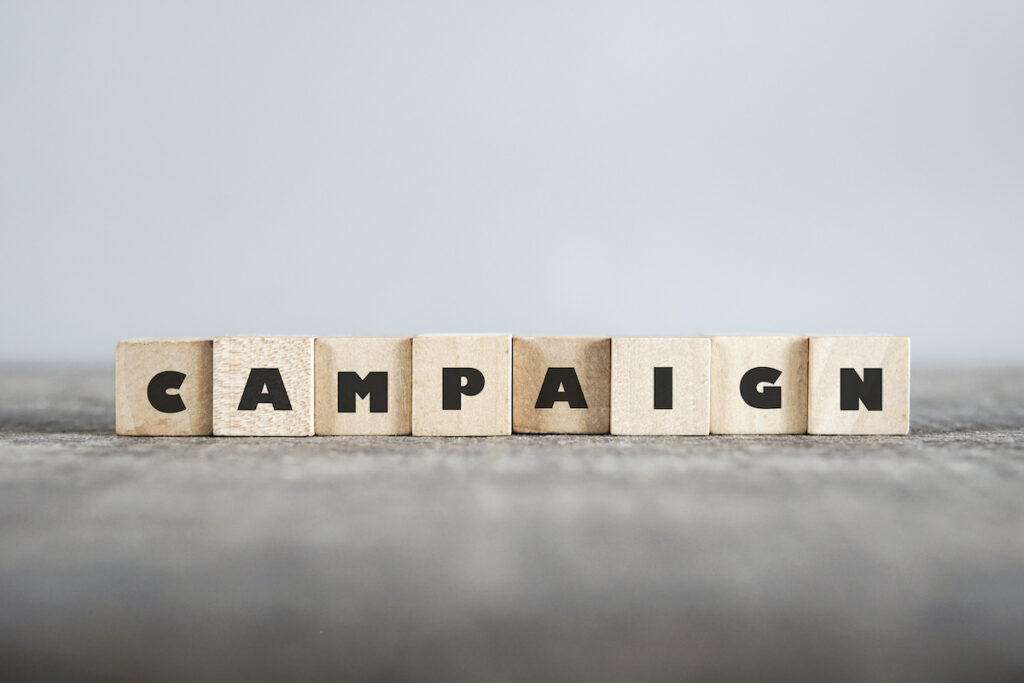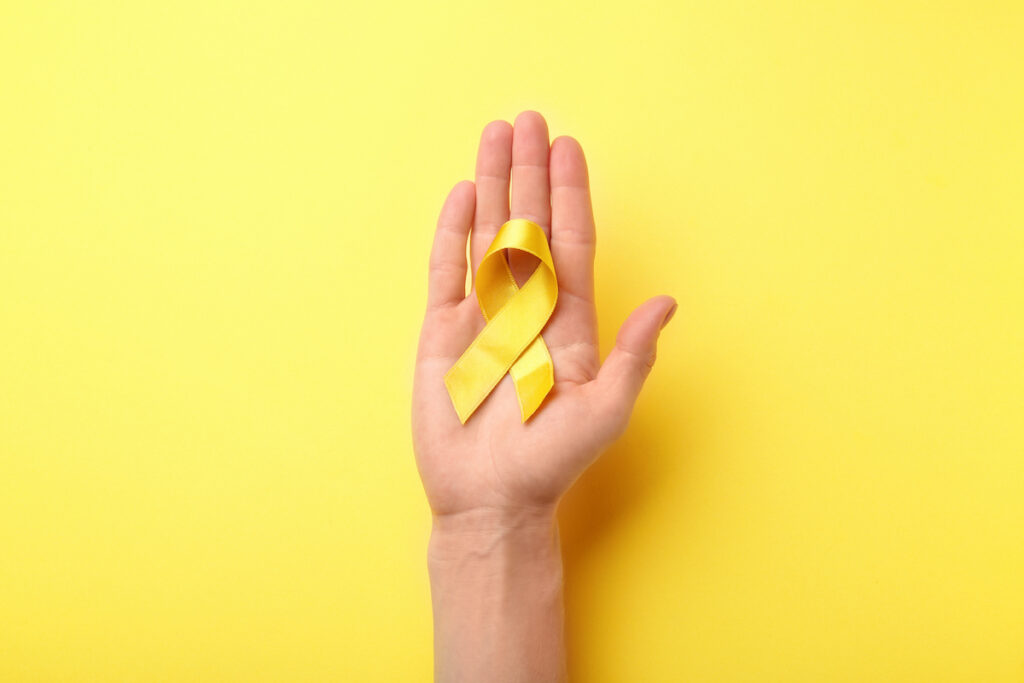
Suicide is a global and complex public health concern. Suicide prevention strategies require coordination and cooperation between many sectors in society (van der Burgt et al, 2021). These strategies are separated into universal, selective and indicated strategies.
Public awareness campaigns are widely used to improve awareness and fight stigma (van der Burgt et al, 2021). Previous research has demonstrated that public awareness campaigns can have a positive impact on stigma, openness, and the perceived value of professional help, although it has been difficult to show their unambiguous effects (Kohls et al., 2017; Pirkis et al., 2017; Torok et al., 2016; Zalsman et al., 2016). Torok et al (2016) also noted that mass media campaigns have been found to be more effective when delivered as part of a multicomponent suicide prevention strategy.
There is a lack of research on the impact of suicide prevention campaigns and this study aims to gain insight into the effectiveness of the local Suicide Prevention Action Networks (SUPRANET Community) public awareness campaign in generating an attitudinal change in the general public in the Netherlands (Van der Burgt et al, 2021). This campaign is classed as a universal prevention strategy, since it targets the general public. The authors are also studying the effect of being aware of the campaign on the brand awareness of the Dutch helpline 113 Suicide Prevention, the perceived taboo on suicide, individuals’ personal and perceived stigmas towards depression and the attitude towards professional help-seeking. It is hypothesised that the SUPRANET Community’s visibility is affected by age and education level. Furthermore, being aware of the public campaign is likely to be associated with more openness to seeking professional help, and less perceived stigma surrounding depression.

Research indicates that negative stigma related to mental health disorders and services can be a barrier towards help-seeking. How effective can suicide awareness campaigns be to tackle stigma and promote help-seeking attitudes?
Methods
The SUPRANET Community Programme
SUPRANET Community is a two-year multi-component multi-setting suicide prevention programme. It was modelled after the European Alliance Against Depression (EAAD) and consists of four levels (Gilissen et al., 2017):
- Increasing suicide awareness through local public awareness campaigns;
- Training local gatekeepers;
- Targeting high-risk persons in the community; and
- Training and supporting professionals in primary care settings.
Study design and procedure
This study used a repeated cross-sectional design, using general population surveys to measure key variables over time (Van der Burgt et al, 2021). The surveys were conducted in the six intervention regions and across the Netherlands as a whole. In these intervention regions, a network of local multidisciplinary teams and organisations shared ownership and responsibility for suicide prevention within a geographical region. The respondents were recruited via Survey Sampling International (now known as Dynata), which maintains a demographically diverse online panel of people who have registered to participate in selected surveys.
The data consisted of four measurements, timed to capture the intervention’s effect as best as possible. Each measurement contains a new representative sample of adults (18+ years) from the general population; 1,000 for the control regions, and approximately 100 per intervention region.
The same online survey was used for every measurement. The survey partly replicated the baseline questionnaire for the general public from the OSPI-Europe study, with Dutch translations of the Depression Stigma Scale (DSS) and the Attitude towards Seeking Professional Psychological Help short form. Furthermore, information was gathered on the respondents’ socio-demographic characteristics (including gender, age, region, education level and household situation), brand awareness of the Dutch helpline, campaign visibility and perceived taboo on suicide (Gilissen et al., 2017).
Differences in brand awareness between campaign awareness groups were graphically displayed for each follow-up measurement (T1-T3) and tested using a chi-square test. Next, the effect of campaign awareness on brand awareness was estimated using multivariable logistic regression. Similarly, multivariable linear regression models were used to test the effect of campaign awareness on five continuous outcomes: perceived taboo, the two subscales of the DSS and the two of the ATSPPH-SF.
Results
Gender and education level had no influence on awareness of the public campaign. However, it did reveal a significant difference between age groups: the public awareness campaign was most visible (23.4%) among the youngest age group (< 25 years) and less among the older age groups. In addition, the percentage of respondents who reported having seen the public awareness campaign was highest in the intervention regions.
The results show that respondents who indicated having seen the public awareness campaign scored higher on the openness to seeking professional psychological help subscale than those who reported not having seen the campaign. Being aware of the public awareness campaign was also associated with brand awareness of the Dutch helpline 113 Suicide Prevention.
Contrary to the author’s hypotheses, the campaign’s visibility was negatively related to the Value and Need in Seeking Treatment subscale’s scores and positively to the perceived taboo on suicide. The results indicated no significant effect of campaign visibility on the respondent’s perceived or personal stigma towards depression.

These Dutch findings suggest that gender and education level had no impact on awareness of the public campaign, but respondents who were familiar with the campaign were more open to seeking professional help.
Conclusions
The findings demonstrate that the SUPRANET Community’s national public awareness campaign was moderately successful in establishing visibility among the general public, and it was most visible among the youngest respondents (< 25 years).
Despite the small changes in attitudes in the general public, the value of public awareness campaigns is a function of both their impact and the number of people who are reached. Small effects in many people may translate into substantial yields of a campaign. Moreover, awareness campaigns are mostly employed as one component in a broader prevention strategy. The results in this study strengthen the idea that a public awareness campaign is of added value, as it can contribute to informing the general public about the existence of mental health services and improve help-seeking behaviour.

The results of this study strengthen the value of public suicide awareness campaigning, as it can contribute to informing the general public about the existence of mental health services and improve help-seeking behaviour.
Strengths and limitations
Since public awareness campaigns are heavily impacted by demographic, cultural and social characteristics, the findings may not be directly generalisable.
The perceived taboo on suicide was measured by the question, “To what extent do you think there is a taboo on suicide in the Netherlands?”. Hence, it may be assessing general societal stigma towards suicide rather than participants’ own attitudes to suicide.
The study employed a cross-sectional study design; thus, the findings reflect participants attitudes at the time they were interviewed, not how they change over time. However, the authors managed to recruit a large sample size (N= 6,773) which will encompass the views of a range of individuals. Internationally validated survey instruments were also used, which enhances the reliability of the findings.
Due to the nature of the intervention, a quasi-experimental design was used meaning that the estimations are not as robust as in a randomised controlled trial. Still, using an anonymous online survey likely minimised this bias, as self-administration of questionnaires can increase willingness to disclose sensitive information compared to face-to-face or telephone interviews (Bowling, 2005).

The campaign evaluated in this study successfully informed the general public about the existence of the Dutch suicide prevention helpline, but did not improve attitudes on the value of professional help.
Implications for practice
Despite the small changes in attitudes in the general public, the value of public awareness campaigns is a function of both their impact and the number of people who are reached. Small effects in many people may translate into substantial yields of a campaign.
Awareness campaigns are mostly utilised as one component in a broader prevention strategy. The importance of messages of understanding and support, as conveyed by such a public awareness campaign, should not be underestimated.

As the intervention regions had put a lot of effort into additional and tailored public awareness campaigns, it is encouraging that the percentage of respondents who reported having seen the campaign was highest in the intervention regions.
Statement of interests
None.
Links
Primary paper
Van der Burgt, M. C., Beekman, A. T., Hoogendoorn, A. W., Berkelmans, G., Franx, G., & Gilissen, R. (2021). The impact of a suicide prevention awareness campaign on stigma, taboo and attitudes towards professional help-seeking. Journal of Affective Disorders, 279, 730-736.
Other references
Bowling, A. (2005). Mode of questionnaire administration can have serious effects on data quality. Journal of public health, 27(3), 281-291.
Gilissen, R., De Beurs, D., Mokkenstorm, J., Mérelle, S., Donker, G., Terpstra, S., … & Franx, G. (2017). Improving suicide prevention in dutch regions by creating local suicide prevention action networks (SUPRANET): A study protocol. International journal of environmental research and public health, 14(4), 349.
Kohls, E., Coppens, E., Hug, J., Wittevrongel, E., Van Audenhove, C., Koburger, N., … & Hegerl, U. (2017). Public attitudes toward depression and help-seeking: impact of the OSPI-Europe depression awareness campaign in four European regions. Journal of affective disorders, 217, 252-259.
Pirkis, J., Rossetto, A., Nicholas, A., Ftanou, M., Robinson, J., & Reavley, N. (2019). Suicide prevention media campaigns: a systematic literature review. Health communication, 34(4), 402-414.
Torok, M., Calear, A., Shand, F., & Christensen, H. (2017). A systematic review of mass media campaigns for suicide prevention: understanding their efficacy and the mechanisms needed for successful behavioral and literacy change. Suicide and Life‐Threatening Behavior, 47(6), 672-687.
Zalsman, G., Hawton, K., Wasserman, D., van Heeringen, K., Arensman, E., Sarchiapone, M., Carli, V., Höschl, C., Barzilay, R., Balazs, J., Purebl, G., Kahn, J.P., Sáiz, P.A., Lipsicas, C.B., Bobes, J., Cozman, D., Hegerl, U., Zohar, J., 2016. Suicide prevention strategies revisited: 10-year systematic review. The Lancet Psychiatry 3, 646–659.

Sometimes you dont need a degree to study mental health, ive been there and seen 2 young men in the family to commit this and having to watch the family broken when they have no answers to know , but i do !